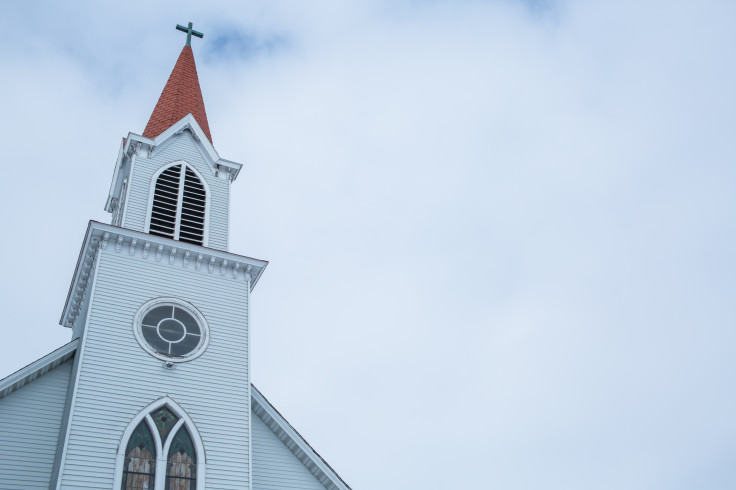
On Tuesday, The Democratic Senatorial Campaign Committee (DSCC) announced a $25 million investment on ten battleground states, seeking to strengthen voter outreach programs. Florida and Texas are the two places where Democrats are expressing the most hope of upsetting Republican incumbents.
As with other places that once seemed Republican-shoo-ins, both Florida and Texas could still be up for grabs and, as both parties make their moves to attract possible voters, a recent report by the Public Religion Research Institute (PRRI) has revealed a new possible target on the campaign trail: Latino Protestants.
The report, titled The American Religious Landscape in 2023, highlights the political diversity among members of this demographic, who make up 4% of the U.S. population, distinguishing them from the more conservative-leaning white evangelical community.
According to the data, 30% of Latino Protestants identified as political independents in 2023, while 27% identified as Republicans and 25% as Democrats, a pretty even split that offers a glimpse a the opportunities in play. This contrasts with white evangelical Protestants, 61% of whom identified as Republicans, with fewer identifying as independents or Democrats.
For reference, Hispanic Catholics, who make up 8% of the U.S. population, lean heavily towards Democratic candidates (43%), with just 15% of them identifying as Republicans and 30% as independents.
The growing influence of Latino Protestants is particularly notable in states like Texas, where they now represent 8% of the state's population, a whopping 30% increase since 2013. In fact, of the 10 counties in the U.S. with largest concentration of Latino Protestants and populations greater than 10,000, Texas has eight, including the first two: Deaf Smith County, Texas (33%) and Atascosa County, Texas (30%).
As a result, as Axios reports that, in places like South Texas, a once Democratic stronghold, the races are more open than ever.
Elsewhere, the study also revealed that Latinos who identify as "religiously unaffiliated" are roughly 4% of the U.S. population — a percentage that is steadily increasing among all Americans (27%) up from 21% a decade ago.
Finally, researchers provided a more granular look into Latino Protestants, which takes into account age and college experience, among other variables:
- The median age of Hispanic Protestants is 40, up from 35 in 2013, and much younger than the median age of Americans as a whole (48).
- Just 15% of Hispanic Protestants hold a four-year college degree, much lower than the share of all Americans (35%). A majority of Hispanic Protestants have a high school degree or less traditional education (54%), while 31% have some college experience, 9% hold a four-year college degree, and 6% hold a postgraduate degree.
- A majority of Hispanic Protestants live in suburban areas (52%), while 41% live in urban areas, and 7% live in rural areas.
© 2024 Latin Times. All rights reserved. Do not reproduce without permission.









